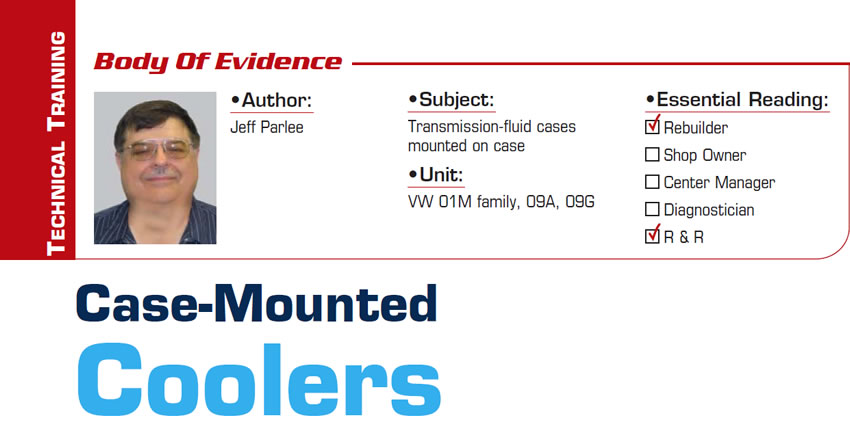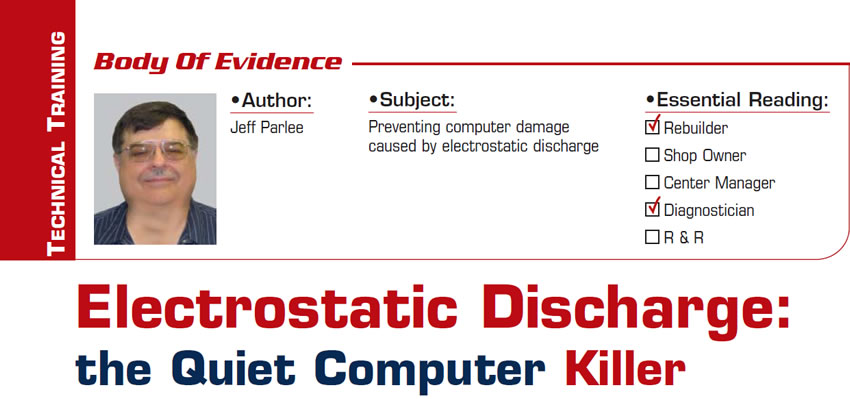Resetting Hyundai Shift Adapts, and Procedures for Relearning
Body of Evidence Like most late-model vehicles, Hyundai vehicles need the shift adapts cleared and then relearned to get a properly working transmission after overhaul or valve-body replacement. Some Hyundai vehicles can have the shift adapts cleared by disconnecting the battery, connecting the positive and negative battery cables and turning on the headlights for 10

Let’s Talk about Adaptive Shift Strategy
The 604 was the first American computer-controlled transmission with adaptive shift strategy. The relearn process was not much different from what it is for today’s transmissions. For those of you who were not in the transmission industry back then, there was no quick-learn procedure for the 604. The quick-learn feature was not available until the mid-’90s. You actually had to drive the car at different throttle openings to relearn the shift adapts, and it could take 30 minutes or more of driving time to get it right.
4T65-E Valve-Body and Channel-Plate Identification
Let’s start with the valve body. Unfortunately, there are no casting numbers on the 4T65-E valve body for quick identification. The four most-common 4T65-E valve bodies are the early GM, late GM, early Volvo and late Volvo. There are more than four variations, and they can be found during the crossover years of 2002 and 2003. There are four questions that you need to answer to properly identify the valve body.

Solenoid-Pack Information for the Chrysler 62TE
The 62TE solenoid pack is made up of six shift solenoids, one line-pressure solenoid, a temperature sensor and five pressure switches. The pressure switches are just like the ones in a 604 solenoid pack.

Case-Mounted Coolers
Case-mounted transmission-fluid coolers that are used by Volkswagen and other manufacturers are effective at warming and cooling the transmission fluid. The 01M family, 09A and some 09G transmissions use a case-mounted cooler.

Electrostatic Discharge: the Quiet Computer Killer
Electrostatic discharge (ESD) is defined as a sudden and momentary flow of electric current between two objects of different electrical potentials.
At one time or another, everyone has walked across a rug and reached out for a door and gotten a little shock. This was an electrostatic discharge. There are many ways to generate electricity in our bodies; just a few examples are removing a coat or sweater, walking across a room, sliding across a car seat, or handling plastics or plastic foam. Depending on the humidity of the day, you may feel a shock from the electrostatic discharge.

